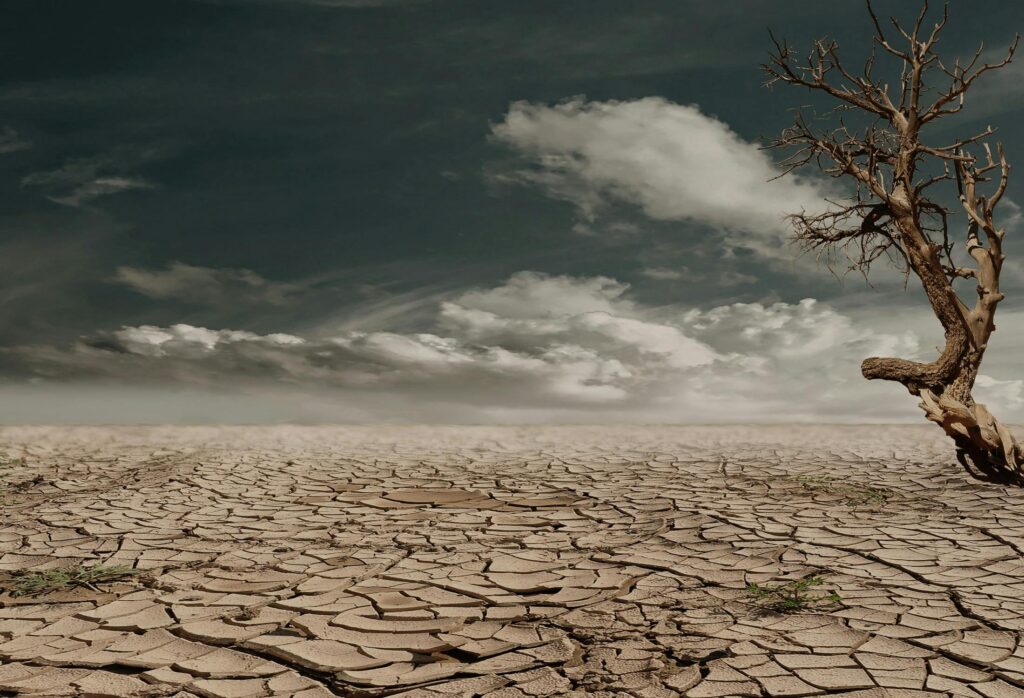- Environment
- Climate Change in 2025
- By Manohar Patil
Climate Change in 2025: A Critical Juncture for Global Action
The Warming Trajectory: Nearing the 1.5°C Threshold
Recent analyses from the World Meteorological Organization (WMO) paint a stark picture for the coming five years (2025-2029). Global average temperatures are predicted to remain at or near record levels, with an 80% chance that at least one of these years will surpass the warmest on record (currently 2024). More significantly, there’s an 86% probability that at least one year will exceed 1.5°C above pre-industrial levels, a symbolic threshold outlined in the Paris Agreement. While this temporary exceedance doesn’t signify a permanent breach of the long-term 1.5°C goal, it underscores the alarming pace of warming and the urgency of immediate action.
Escalating Extreme Weather and Regional Impacts
Every incremental rise in global temperature directly translates to more severe and frequent climate impacts. In 2025, we can anticipate a surge in harmful heatwaves, intense droughts, and extreme rainfall events across various regions. Wildfires, fueled by hotter and drier conditions, are also expected to become more prevalent and destructive.
Regionally, precipitation patterns are forecast to shift considerably. The Sahel, northern Europe, Alaska, and northern Siberia are projected to experience wetter-than-average conditions during the May-September period between 2025 and 2029. Conversely, the Amazon basin is expected to face drier conditions. For South Asia, including India, a continuation of wetter-than-average years (a trend observed in recent years, apart from 2023) is anticipated for the 2025-2029 period.
Melting Ice and Rising Sea Levels: A Relentless March
The relentless melting of ice sheets, sea ice, and glaciers will continue to drive global sea level rise in 2025. The Arctic region is a particular concern, projected to warm at a rate more than 3.5 times the global average. This rapid Arctic warming will lead to further significant reductions in sea-ice concentration, particularly in areas like the Barents Sea, Bering Sea, and Sea of Okhotsk, with profound implications for ecosystems and coastal communities worldwide.
2025: A Year for Enhanced Climate Action and Finance
Beyond the scientific projections, 2025 holds immense significance for international climate policy. This year is critical for the submission of the next round of Nationally Determined Contributions (NDCs) under the Paris Agreement. These national climate plans are vital for bridging the emissions gap and aligning global efforts with the 1.5°C target. The UN, through initiatives like the “Climate Promise 2025,” is actively supporting countries in developing more ambitious and implementable NDCs.
Looking ahead, Brazil will host COP30 (the 30th Conference of the Parties) in Belém in November 2025. A key focus of this summit will be climate finance, with a roadmap expected to be presented to address the substantial gap in funding for developing nations, aiming to mobilize USD 1.3 trillion annually by 2035. Mobilizing private finance, alongside public funds, will be crucial in achieving these ambitious climate and nature targets. The international community is also expected to renew calls for the reform of harmful fossil fuel and nature subsidies, redirecting these resources towards a low-carbon, resilient future.
In conclusion, 2025 serves as a stark reminder of the escalating climate crisis. While the challenges are immense, it is also a year brimming with opportunities for intensified global cooperation, ambitious policy changes, and innovative financial mechanisms to steer the world towards a more sustainable and equitable path.
Share this Article
WhatsApp
LinkedIn
Telegram
Email
Get Daily Updates to Your Inbox
Subscribe to News Letter
Advertisement


